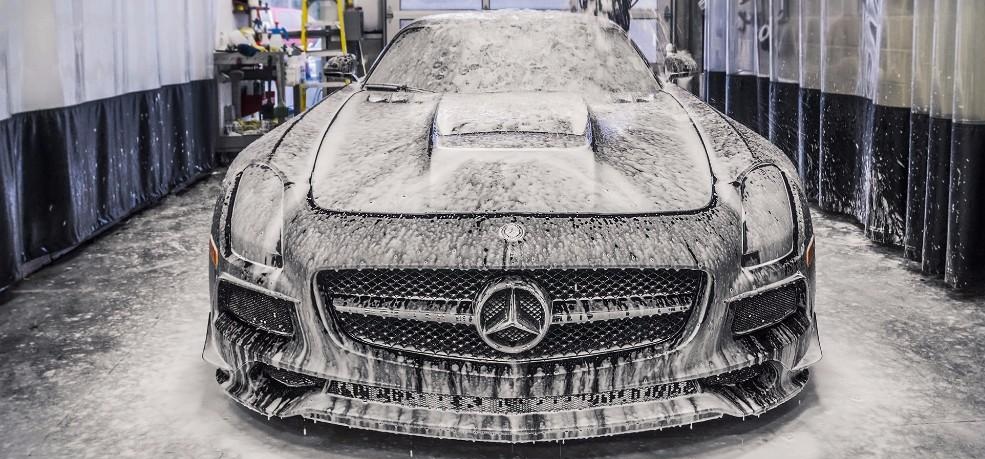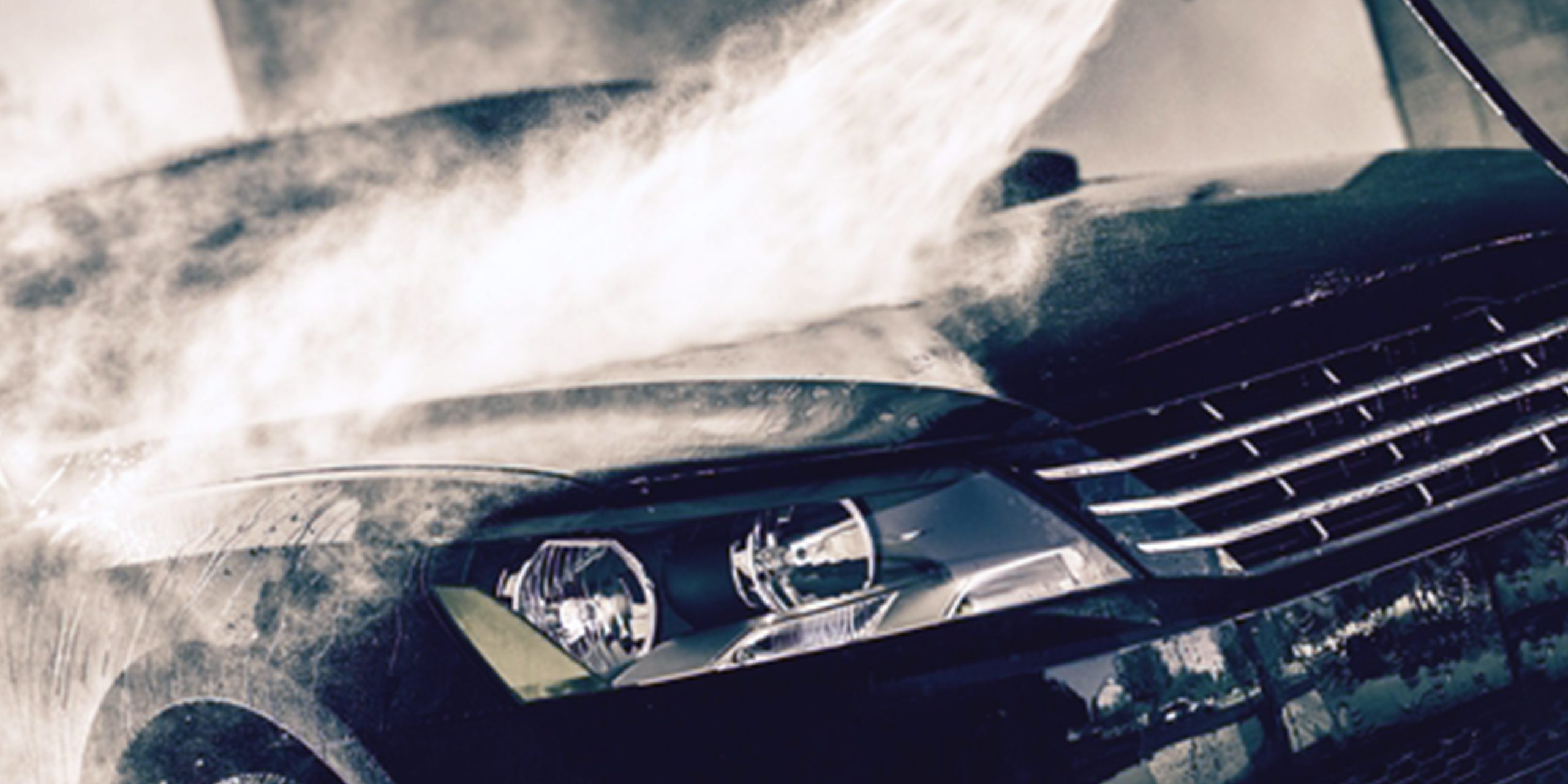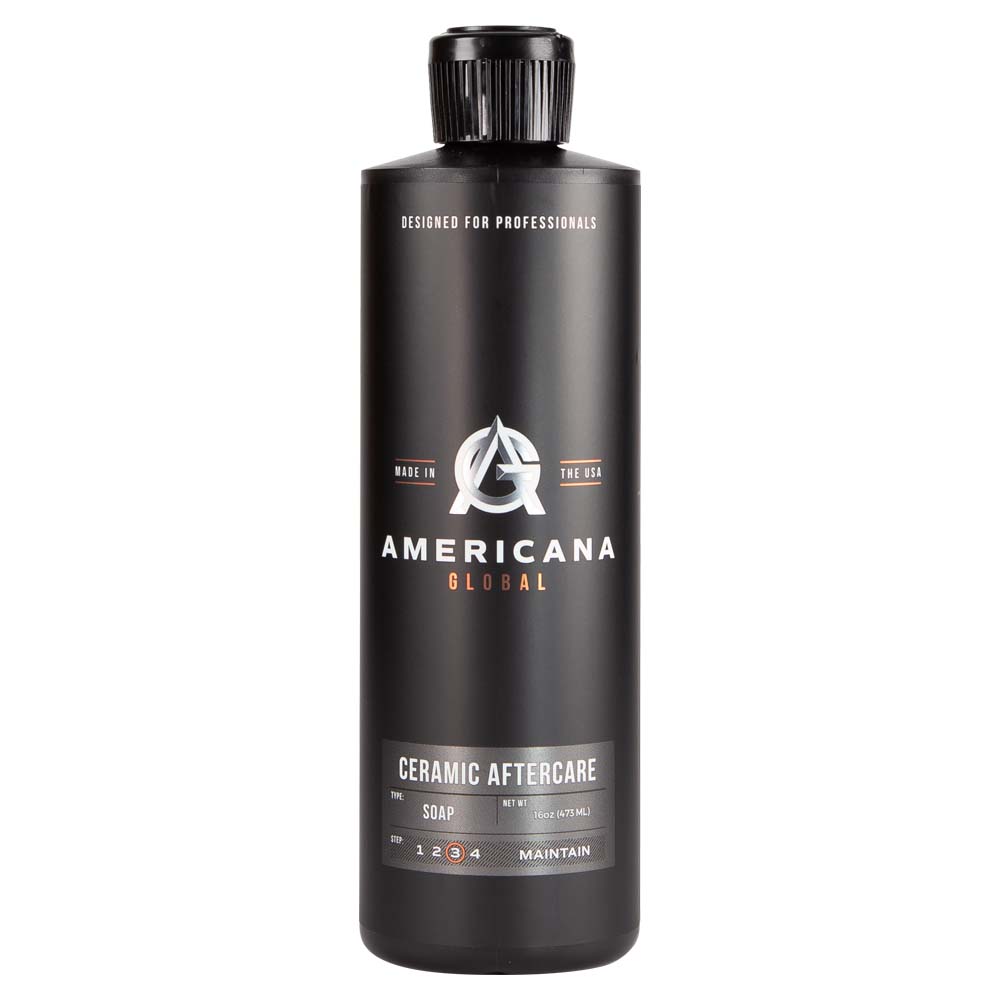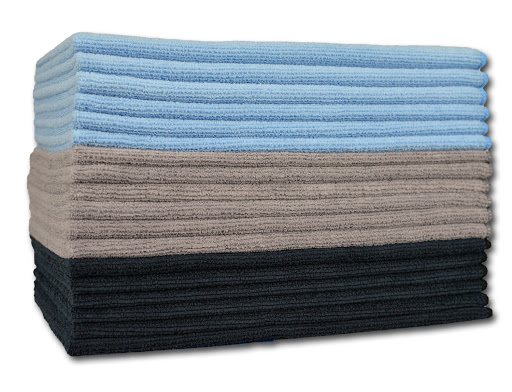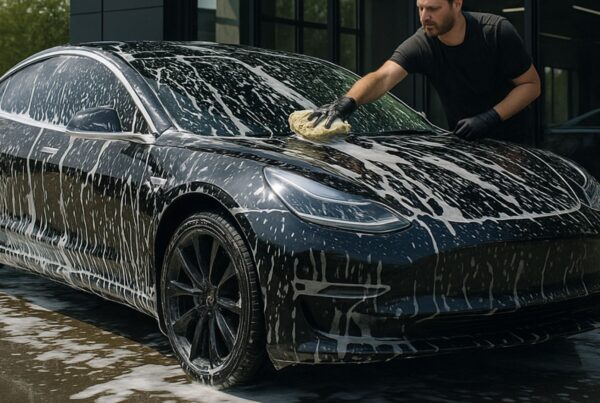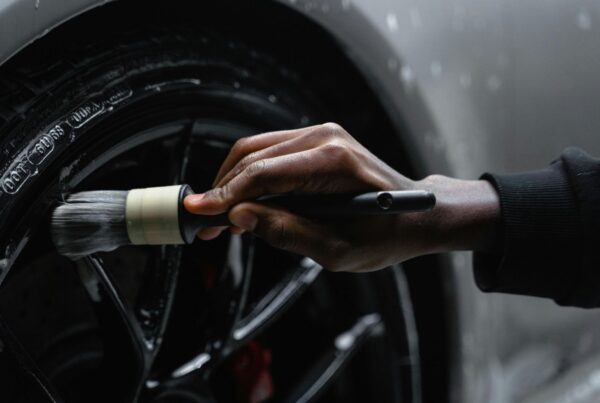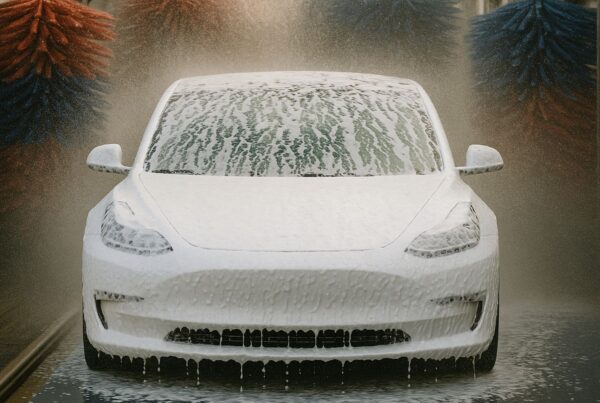Last week we published an article which provided a general overview about car detailing. In it, we explored some of the different ways to tackle a detailing project. One important step in the detailing process, regardless of whether you’re working on the inside or out, is securing the best car washing supplies.
But with thousands of brands, types, and special formulations on the market today, where the hell do you begin?
The truth is that the modern car wash industry is over saturated. There are products formulated for specific substrates, materials, user ability, color, fragrance, and even the visual enhancement or appeal. What used to be a simple task has morphed into a cluster of online searches, reading product reviews, or getting valuable data from YouTube.com Certified Automotive Experts.
If you’re sick of the runaround and looking for something easier to follow – this article is right up your alley. Let’s address the 5,000-pound gorilla in the car wash closet – and provide an easy to follow guide for choosing the right detail supplies for your ride and skill level.
What is the Best Car Wash Product?
This is a question that is often asked of professional detailers, posted on forums, and through social media. But does it really have a solid, black, or white, yes or no type of answer? Truthfully, it doesn’t – and here is why.
The best car wash supply or cleaning product is the one that fit your needs best. But for whatever reasons, it’s an answer that nobody wants to really provide. There are a few reasons for this – obviously, if you’re in business to sell a certain line of car care products, you’re naturally going to guide people to them. Second, people often give their own preferences vs what might be good for others.
This is the main problem with online articles, blogs, and forums that put out articles titled like this one. Because, in the end – everybody has an agenda.
So – what makes Ceramic Pro different? Mainly because we don’t sell car wash supplies (well, except an awesome multipurpose microfiber towel). We sell paint protection solutions that are applied by auto detailing experts – who have their own preferred auto detailing supplies that work best for specific customer vehicles.
Since we don’t have “skin in the game” per say – you can trust that the information we’ll give you is genuine and should provide you with the information you need to make an informed decision.
In this article, we’ll focus on the basics of your typical maintenance car wash. We’re going to explore interior detailer tricks, examine cleaning kits out there, talk about decontamination tasks like using a clay bar to remove brake dust and industrial fallout. We’ll dive into those topics over the next few weeks.
Tips for Choosing Car Wash Soap
Any detailing job starts with a good washing on the car’s exterior. There are several ways you can complete the car wash, but most experts recommend two proven methods – hand washing using the two-bucket method with a grit guard or touchless washing, using a high-pressure washer and a foam cannon.
You can also use a foam gun filled with car wash soap and water, which is attached to a spray nozzle on a garden hose. Whatever you do, always skip the automatic car wash, don’t use dish soap, and always use microfiber cloth materials whenever possible.
Regardless of which method you select, choosing the right car shampoo is based mainly on three practical attributes:
The type of paint protection product used on your vehicle: Car soap and shampoos are generally formulated to wash or remove dirt from the paint job and other vehicle surfaces. However, there are many that are optimal for specific paint protection solutions.
Here are a few examples.
Car Wax and Paint Sealants: If you use car wax or a paint sealant, you’ll want to use a general car shampoo that includes carnauba wax in the formulation. The wax is not intended to provide additional protection, but to produce extra lubrication, which helps to reduce scratching while washing grime off the vehicle. It’s also important to clarify that the percentage of wax in this car cleaner is not as concentrated as a Turtle Wax or liquid wax product. It’s just a little for added lube.
Ceramic Coatings: Whether you use a $20 bottle of spray on “ceramic coating” or your vehicle is protected by a professional grade Ceramic Pro 9H coating, using the correct shampoo makes a huge difference for enhancing the hydrophobic properties these coatings produce. The goal of washing a ceramic coated car is to simply remove dirt, debris, and other ‘stuff’ that might be on the surface.
Since the nano coating is going to ensure dirt particles does not stick very easily to the car paint, the grade of car shampoo needs to be gentle. We recommend using a pH neutral, wax-free, high-suds producing car shampoo. You can use these formulas in both hand wash buckets or foam cannons. The high-suds content will help improve lubrication and break down dirt easily – making it simple to wash.
Americana Global’s Aftercare is one that we recommend to our detailers – so it’s good enough for your maintenance car washes as well.
Vinyl Wraps and Paint Protection Film: This is another tricky area to find the best car detailing supplies in the shampoo segment. Vinyl wraps and paint protection film or PPF is a polymer-based material that bonds to the surface of paint jobs.
The problem with vinyl wraps is they can have issues with water seeping into the substrate – or the bond where the adhesive secures to the paint. This makes it challenging to remove the vinyl. To reduce the potential of this issue, consider using a waterless wash – where you can spray the solution with a sprayer, let it agitate and then wipe off with a fresh and clean microfiber towel.
One way to resolve this problem is to apply a professional ceramic coat on top of the vinyl – and you’ll be able to block water from penetrating the vinyl material.
If you’re going to hand wash your wrap or clear bra (PPF), use similar shampoos as a ceramic coating – pH neutral, reduced wax or no-wax formulas, with lots of suds. If you’re going to use a high-pressure washer and foam cannon, make sure to use the lowest pressure setting and nozzle to avoid damaging the wrap or PPF material.
Tips for Buying the Right Media or Wash Mitts
So – us detailers tend to use fancy lingo for supplies we use. One of them is media, or the materials we use to wash or clean a vehicle. Unlike the search for the best car shampoo – choosing the right media or wash mitt to wash your ride is not as complex.
The main task of any wash media is to remove dirt and debris, without scratching the surface. So, how is this accomplished? It all breaks down to the material used. Without question, the best type of wash mitt is one made from microfiber.
Microfiber is a special blend of two different materials, polyester (the larger percentage) and polyamide (the lower percentage). When they are assembled, they are combined in tiny loops, which helps to pull debris from the surface, without scratching.
For wash mitts or car cleaning products the key is to use a wash media that will absorb a lot of water, soap, and suds, and gently glide across the paintwork. If I had (2) types of wash media to recommend, it would be a mitt – which is basically a glove you slide over your hand for easier use.
There are two types of microfiber wash mitts:

The “Noodle” – This is the newest type of wash mitt, which works great on ceramic coated vehicles or those with paint protection film and vinyl. It’s mainly meant to glide over the surface as opposed to scrubbing hard on the car’s paint. That type of action is a leading contributor to scratching or marring of the vehicle’s paint.
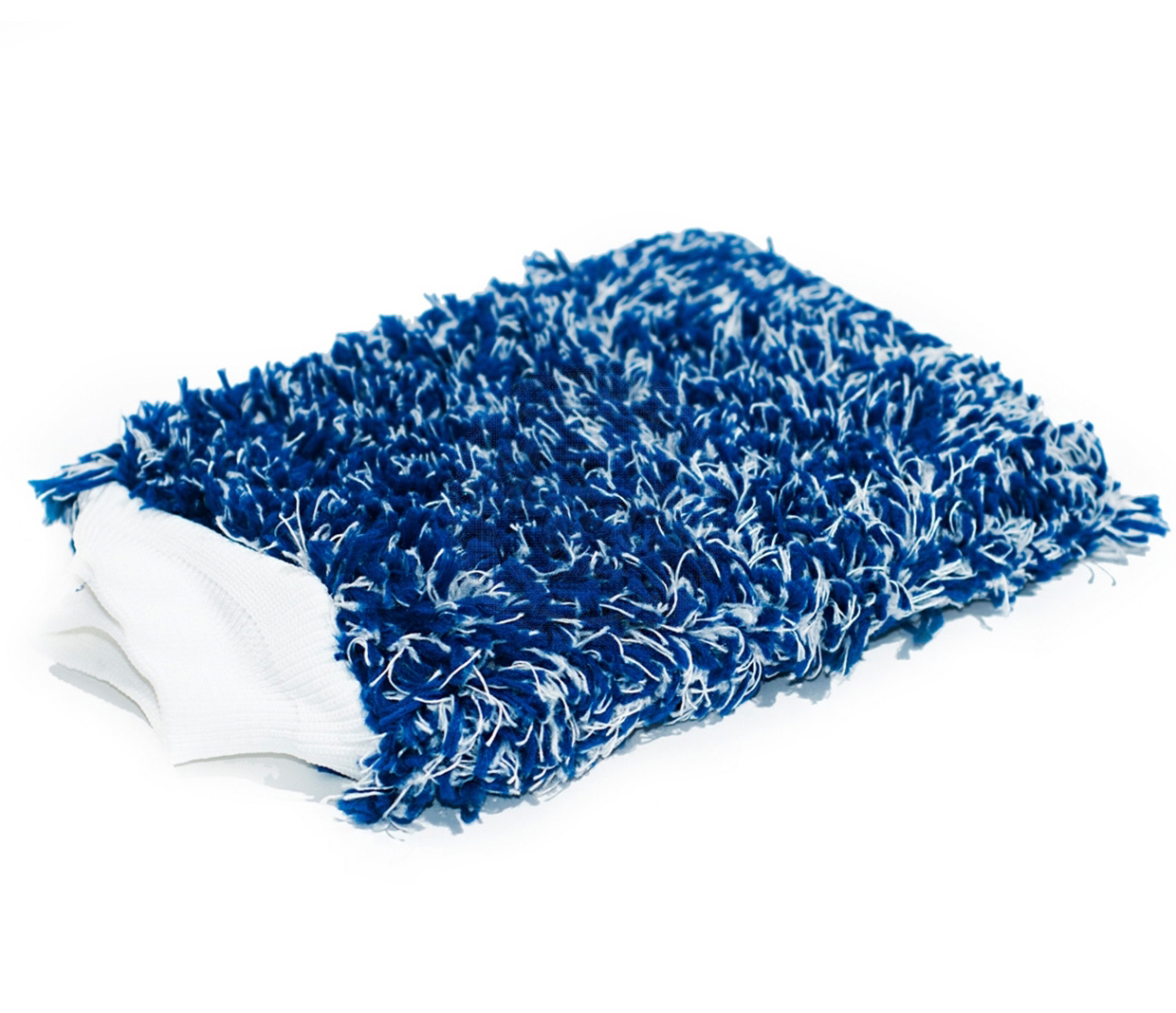
The “Woolly” – The second type of wash mitt is a woolly design. Like the first one, it’s a microfiber blend – usually 70/30 or 80/20, and will soak up more suds. This is a great all-purpose wash mitt, so you can use it on multiple vehicles.
If you prefer the handheld wash media, we do offer an awesome ‘pink towel‘ which is a great multiple purpose microfiber towel. This literally is the only product we’ll pedal in this article – so shame on us for some self-promotion.
Tips for Finding the Best Drying Towel
Once you’ve found the maintenance car wash soap (or the ones for general cleaning) – have the right wash media and technique (buckets or touchless), you need to secure a good drying towel. Drying a vehicle quickly after washing the vehicle is a great way to reduce water spots, scratching, and keeping the surface fresh and clean.
There are a few good drying towels on the market today. In all transparency, most microfiber products are sourced from China or South Korea. A few years ago, there was a huge difference in the quality of a towel – based on three criteria:
- The origin of the microfiber material (Korean being far superior to Chinese blends)
- The blend (70 percent polyester to 30 percent polyamide) was better at absorbing liquids (perfect for drying).
- The origin of manufacturing. South Korean manufacturing facilities were held to higher quality control standards, and on the average produced higher-quality goods.
In the past few years, the quality of microfiber materials has evened significantly, and the blend and country of origin has also narrowed the gap. That said, a great drying towel is going to be a 70/30 blend – with a GSM or the weight of the microfiber at least 800 and above.
Another criterion to consider when looking for a great drying towel is if it’s a terry weave design. The terry weave is a series of tight loops that absorb water quicker, without over saturating the material. This allows you to dry more of the vehicle before it becomes too saturated.
The final item to consider is size – and with a drying towel, size matters. When you dry the vehicle, you want to make sure it’s big enough to dry the entire vehicle without having to change towels. To accomplish this, find one that is at least 20 x 30 inches in size.
If you can combine all these attributes into the drying towel you buy, you’ll have one that can completely dry your vehicle with one simple walk around. This makes car cleaning a snap, especially drying before any residual car soap has a chance to dry.
In the next article in this series, we’ll dive into different glass cleaner, wheel cleaner, can car cleaning kit products you can purchase to help simplify your car cleaning experience.



